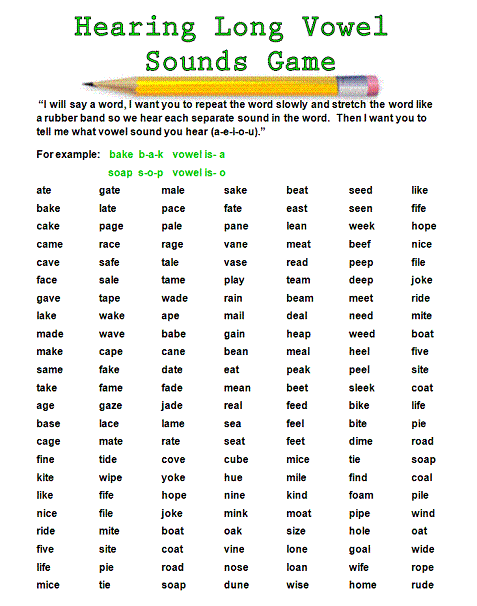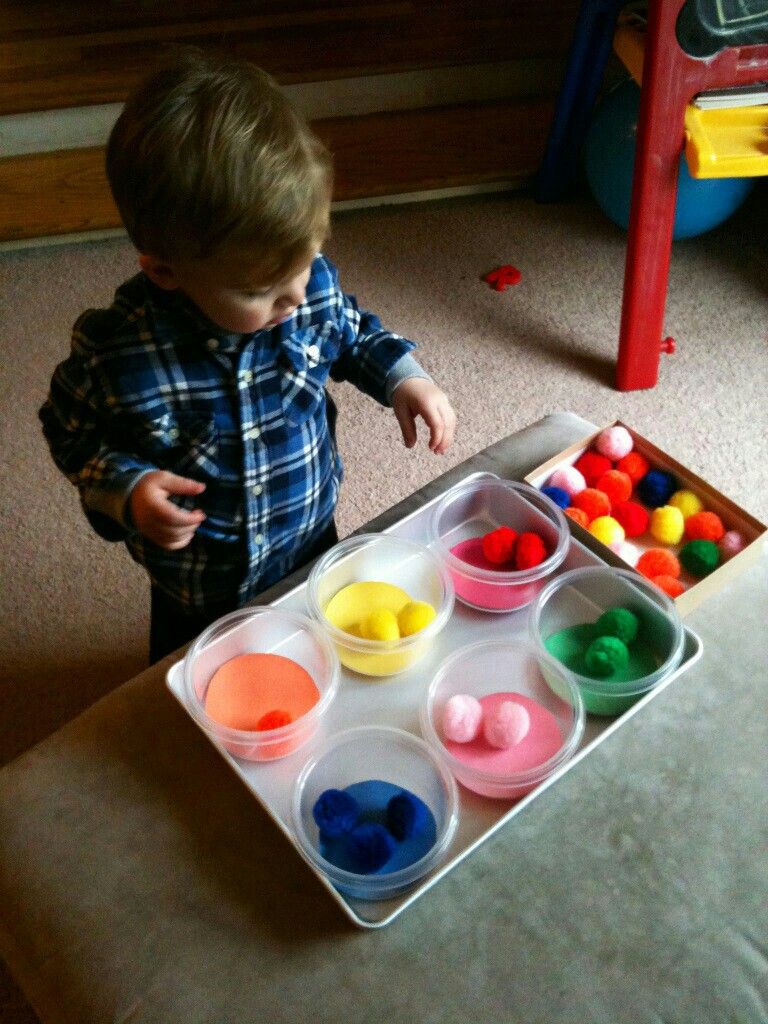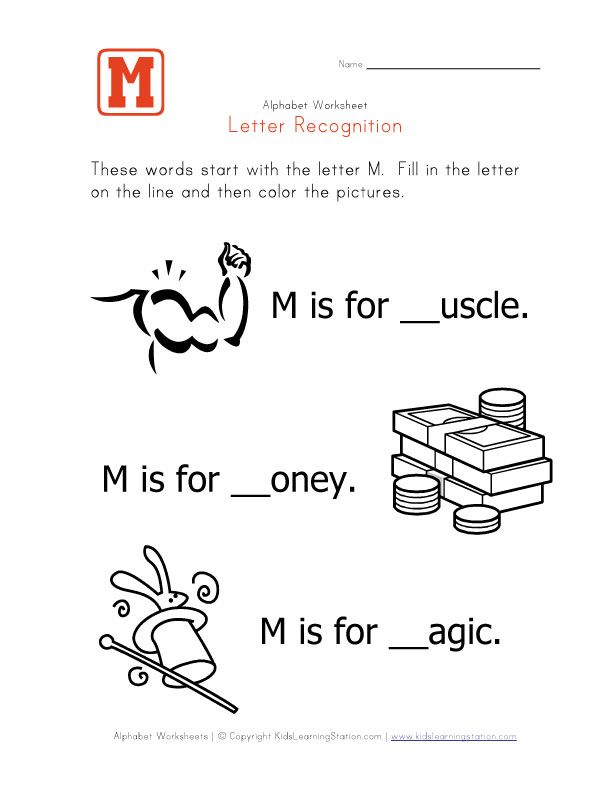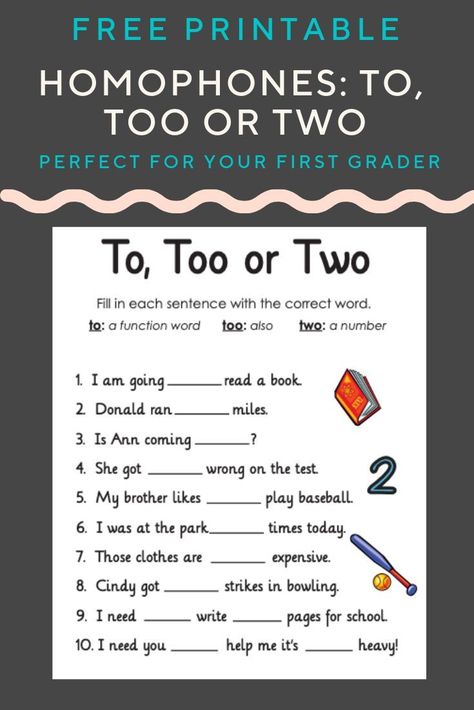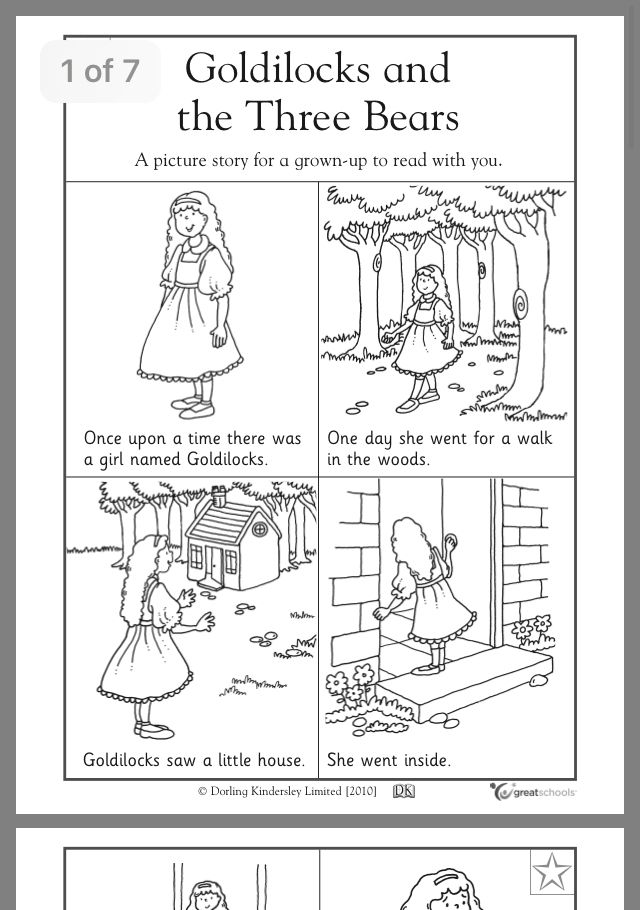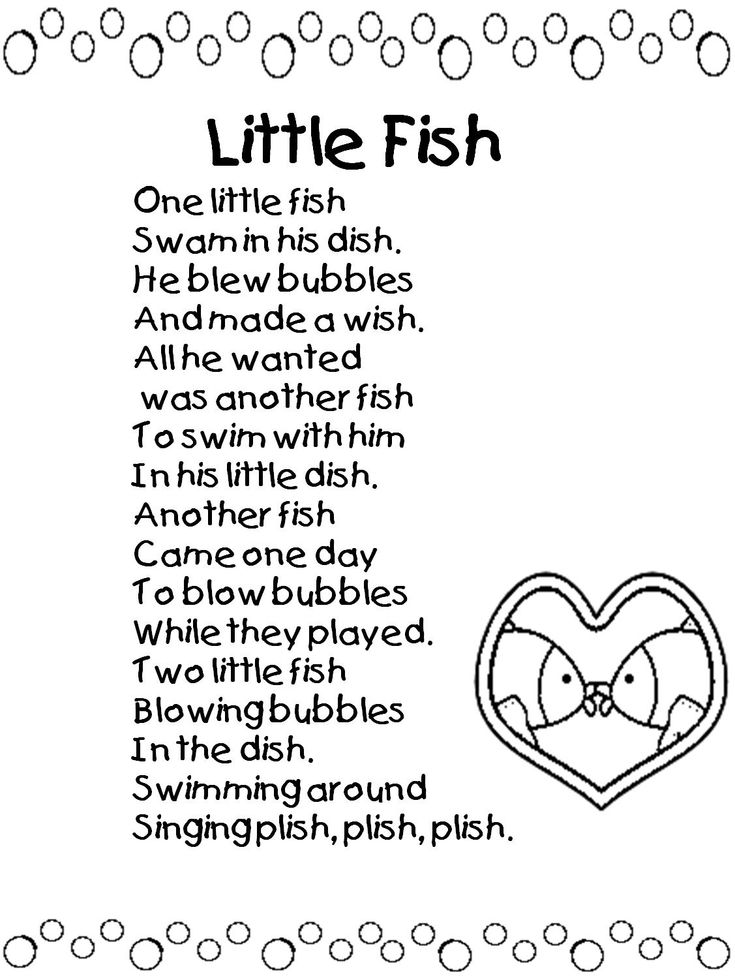Science optical illusions
The science of optical illusions -
Theres an artcle going around the intrnet that pointz outthat wrds don’t have two be speled correctly n order too be understd. With txting and instant messagng, much ov the world becoms en illusion.
Bad grammar and sloppy typing aside, there is something to be said about illusions. They make us think; they make us wonder. They’re important tools in visual research to help us understand how visual processing works in both the normal and the diseased brain. Illusions can offer scientists new insights on how vision and the brain work, and are more than intriguing parlor tricks. Best of all, illusions get the synapses in our brains firing.
Some illusions have been known since antiquity. The scientific study of illusions dates back to the beginning of the nineteenth century when scientists became interested in perception. By carefully altering the stimuli and testing the changes in what a person sees, psychologists try to gain insight into the principles of perception.
An optical illusion is the difference between reality and what the brain thinks it’s seeing. The information gathered by the eye is processed in the brain to give an image that does not agree with a physical measurement of the source. There are three main types: Literal optical illusions create images that are different from the objects that make them. Physiological illusions are the effects on the eyes and brain of excessive stimulation of a specific type (brightness, tilt, color, movement). And cognitive illusions are where the eye and brain make unconscious inferences.
Optical illusions can use color, light and patterns to create images that can be deceptive or misleading to our brain. The information gathered by the eye is processed by the brain, which creates a perception that in reality does not match the true image. Perception refers to the interpretation of what we take in through our eyes. Optical illusions occur because our brain is trying to interpret what we see and make sense of the world around us.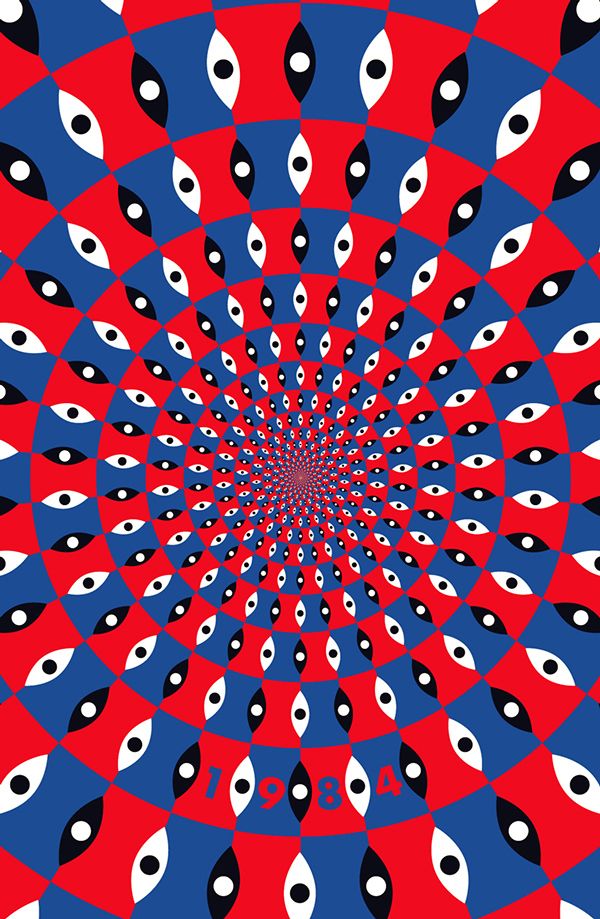 Optical illusions simply trick our brains into seeing things that may or may not be real.
Optical illusions simply trick our brains into seeing things that may or may not be real.
Optical illusions appeal to the unknown in us. We cannot accept that what we are viewing is real, yet the experience makes it so. When we experience an illusion, the perceptual error remains compelling even when we are fully aware of its nature. We know the object is not moving, even though our eyes and brain tell us it is. Or we see both two faces and a vase. Which is it supposed to be?
Most optical illusions are not harmful. They are proven to not harm your vision. However, if you stare at one for too long, it may cause eyestrain, sore/tired/itchy eyes, dry or watery eyes, headaches, and more. There also are those who might have adverse reactions to these visual puzzles. To the sensitive, some optical illusions can be dangerous. In a few rare cases, optical illusions may cause epileptic seizures, so be aware of the parameters before staring at illusions.
Optical illusions are an amazing form of art.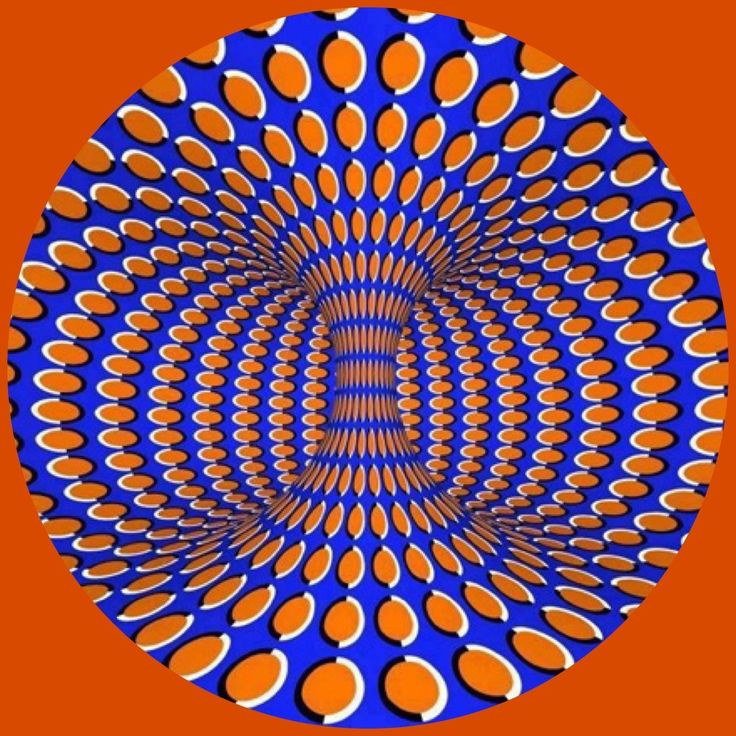 Have fun and don’t get dizzy!
Have fun and don’t get dizzy!
Like this:
Like Loading...
14 Optical Illusions and How They Work - The Science of Perception
The science behind these optical illusions, with examples.
To celebrate CuriOdyssey’s outdoor zoo and outdoor, contact-less science exhibition Illusions opening, we are sharing some of the illusions you’ll see – we recommend using a ruler to check these illusions, they are so good at tricking your brain with the science of perception that you won’t believe your eyes. Curious? Plan your visit or learn about our camps & classes! Or, pick up some at-home science at shop.CuriOdyssey.org.
PONZO ILLUSION – What do you observe about the size of these buses? Psychologist Mario Ponzo suggested in 1911 that the human mind judges an object’s size based on cues in the background. Our brains readily perceive depth, even in flat photos and interpret the size of objects in the photo accordingly. The images of these buses, however, are the same size.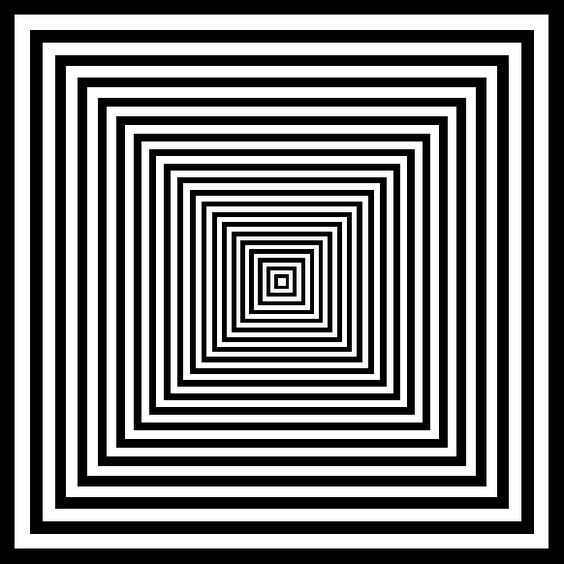 ILLUSORY MOTION – As you gaze at this image, do you perceive any movement? This optical illusion is a static image which appears to be moving due to the cognitive effects of interacting color contrasts, object shapes, and position.ROTATING RINGS – Do you perceive any spinning movement as you look around this image? This illusion is one of many peripheral drift illusions. The perception of motion is caused by the brain’s interpretation of patterns seen outside of the eye’s area of focus. The illusion depends on a repeating pattern of high contrast, light and dark colors.CHECKER SHADOW ILLUSION – Which square is darker gray, 1 or 2? This illusion, originally published by Professor Edward H. Adelson of MIT, illustrates how the brain can be tricked by its complex processing of visual input, perceived lighting conditions and previous experience. 1 and 2 are actually the same gray color.TWISTED CORD ILLUSION – Do you see a spiral, or a series of rings? This optical illusion was first described by psychologist Sir James Fraser in 1908.
ILLUSORY MOTION – As you gaze at this image, do you perceive any movement? This optical illusion is a static image which appears to be moving due to the cognitive effects of interacting color contrasts, object shapes, and position.ROTATING RINGS – Do you perceive any spinning movement as you look around this image? This illusion is one of many peripheral drift illusions. The perception of motion is caused by the brain’s interpretation of patterns seen outside of the eye’s area of focus. The illusion depends on a repeating pattern of high contrast, light and dark colors.CHECKER SHADOW ILLUSION – Which square is darker gray, 1 or 2? This illusion, originally published by Professor Edward H. Adelson of MIT, illustrates how the brain can be tricked by its complex processing of visual input, perceived lighting conditions and previous experience. 1 and 2 are actually the same gray color.TWISTED CORD ILLUSION – Do you see a spiral, or a series of rings? This optical illusion was first described by psychologist Sir James Fraser in 1908.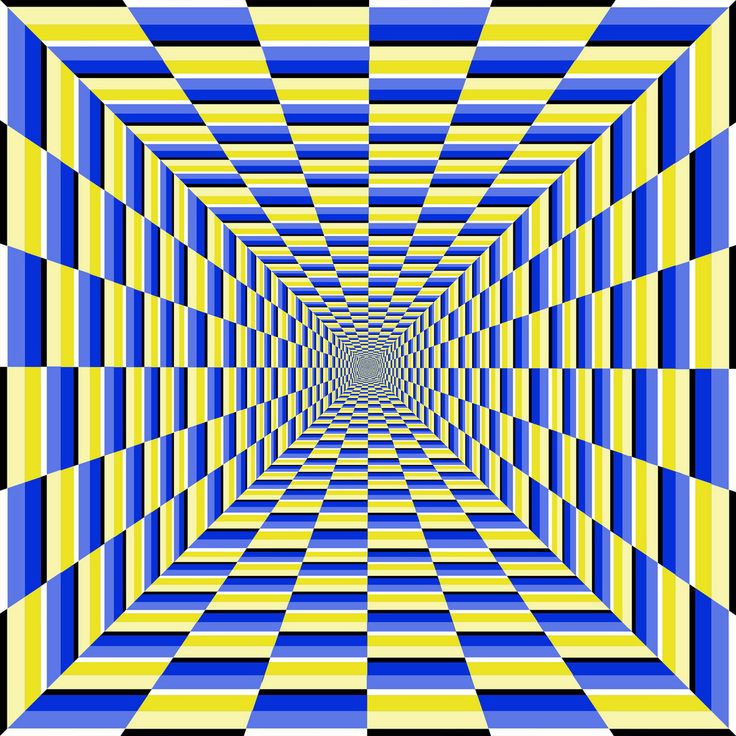 It is sometimes called a “false spiral” because it is actually a set of concentric striped rings.
EBBINGHAUS ILLUSION – Which red dot is larger, left or right? This illusion of relative size perception was discovered by psychologist Hermann Ebbinghaus. Your brain makes a comparison of relative size based on the surrounding dots. The red dots in the center are actually the same size.CAFÉ WALL ILLUSION – What do you notice about these rows of squares? In this geometrical optical illusion, the staggered rows of dark and light squares may appear to be sloping or curved, although the lines dividing the rows are actually parallel and straight.SCINTILLATING GRID ILLUSION – Do you see dots at the intersecting lines? If you move your eyes around what do you notice? This optical illusion, discovered by E. and B. Lingelbach and M. Schrauf in 1994, may be the result of a neural process called “lateral inhibition”, though further research is being done to fully understand this illusion.
It is sometimes called a “false spiral” because it is actually a set of concentric striped rings.
EBBINGHAUS ILLUSION – Which red dot is larger, left or right? This illusion of relative size perception was discovered by psychologist Hermann Ebbinghaus. Your brain makes a comparison of relative size based on the surrounding dots. The red dots in the center are actually the same size.CAFÉ WALL ILLUSION – What do you notice about these rows of squares? In this geometrical optical illusion, the staggered rows of dark and light squares may appear to be sloping or curved, although the lines dividing the rows are actually parallel and straight.SCINTILLATING GRID ILLUSION – Do you see dots at the intersecting lines? If you move your eyes around what do you notice? This optical illusion, discovered by E. and B. Lingelbach and M. Schrauf in 1994, may be the result of a neural process called “lateral inhibition”, though further research is being done to fully understand this illusion.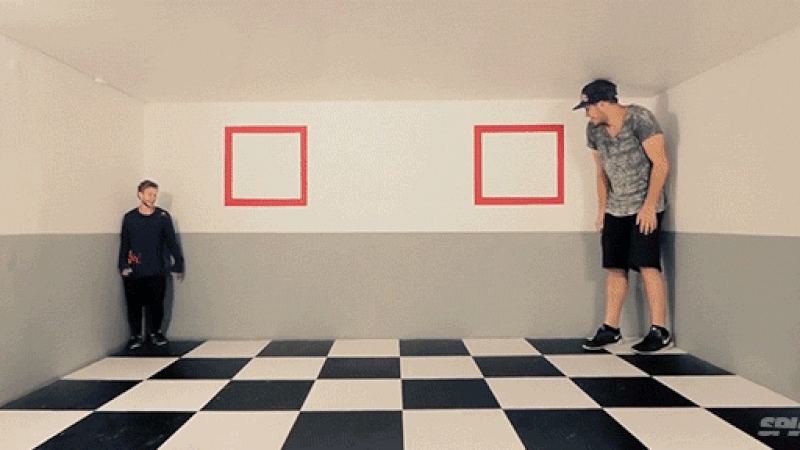 MÜLLER-LYER ILLUSION – What do notice about the relative lengths of the two red lines? The arrowheads and arrowtails alone may affect your perception of the line length. In this image, those lines are extended to create a dimensional drawing of walls, where the red line in the far corner appears to be full wall height, while the closer red line is not. But the red lines are actually the same length.HERING ILLUSION – Do the red lines appear straight or bowed? This geometrical-optical illusion was discovered by physiologist Ewald Hering in 1861. The two lines presented in front of the radial background appear to bow outward, but are actually straight, parallel linesDIVERGENT PERSPECTIVE – Is the bridge tower in the right photo leaning to the right? Our brains have learned that objects receding from view tend to visually converge towards a common point. These two towers in the side-by-side identical photos do not appear to be converging, so our brains perceive them to diverge, with the right one leaning just a bit.
MÜLLER-LYER ILLUSION – What do notice about the relative lengths of the two red lines? The arrowheads and arrowtails alone may affect your perception of the line length. In this image, those lines are extended to create a dimensional drawing of walls, where the red line in the far corner appears to be full wall height, while the closer red line is not. But the red lines are actually the same length.HERING ILLUSION – Do the red lines appear straight or bowed? This geometrical-optical illusion was discovered by physiologist Ewald Hering in 1861. The two lines presented in front of the radial background appear to bow outward, but are actually straight, parallel linesDIVERGENT PERSPECTIVE – Is the bridge tower in the right photo leaning to the right? Our brains have learned that objects receding from view tend to visually converge towards a common point. These two towers in the side-by-side identical photos do not appear to be converging, so our brains perceive them to diverge, with the right one leaning just a bit.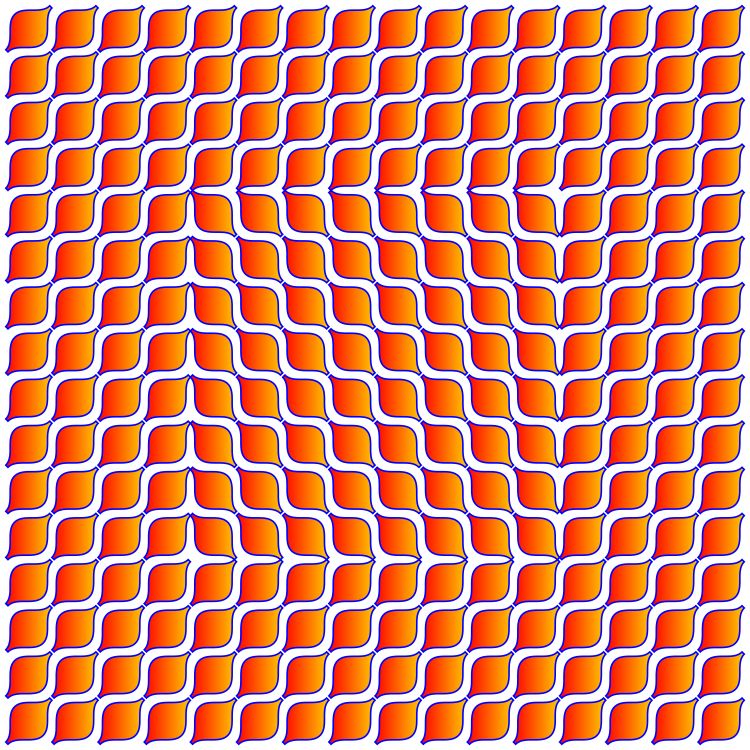 PERIPHERAL DRIFT ILLUSION – What do you notice while gazing at the patterned circle in the center of this image? The apparent lighting source for the grid pattern differs between the center and peripheral areas. A sawtooth luminance grating peripheral to our field of focus is known to generate an illusion of motion as our brain resolves conflicting cues about lighting.BEZOLD EFFECT – What colors are the two eagles? Wilhelm von Bezold discovered that a color may appear different depending on its relation to adjacent colors. These bird silhouettes are the same shade of red, but are intersected with either yellow or blue bars, which changes how we perceive the red color.COLOR CONTEXT ILLUSION – What color are the bobcat’s eyes? The color surrounding an object can affect how the brain perceives the color of that object. Both cat eyes are exactly the same color of gray, but the red color surrounding the left eye, causes us to perceive the eye as light teal.
PERIPHERAL DRIFT ILLUSION – What do you notice while gazing at the patterned circle in the center of this image? The apparent lighting source for the grid pattern differs between the center and peripheral areas. A sawtooth luminance grating peripheral to our field of focus is known to generate an illusion of motion as our brain resolves conflicting cues about lighting.BEZOLD EFFECT – What colors are the two eagles? Wilhelm von Bezold discovered that a color may appear different depending on its relation to adjacent colors. These bird silhouettes are the same shade of red, but are intersected with either yellow or blue bars, which changes how we perceive the red color.COLOR CONTEXT ILLUSION – What color are the bobcat’s eyes? The color surrounding an object can affect how the brain perceives the color of that object. Both cat eyes are exactly the same color of gray, but the red color surrounding the left eye, causes us to perceive the eye as light teal.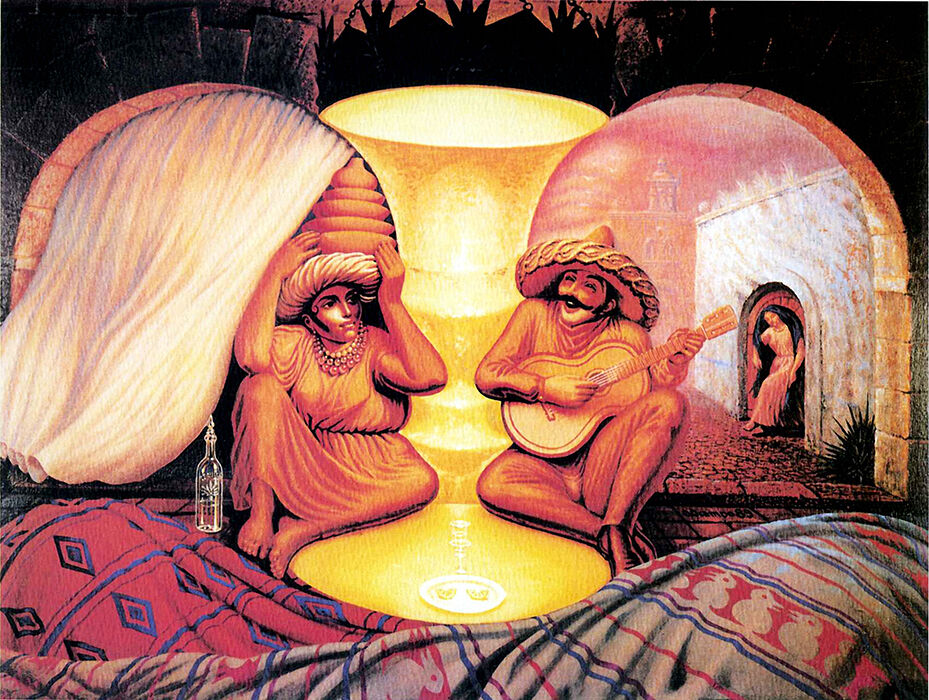
Thanks for your curiosity! Learn more about our offerings:
- At-Home Science Free Resources
- Up-Close Science & Animal Videos
- Live Animal Webcams
- Symbolic Animal Adoptions
- Annual Memberships
Join us online! #CuriOdyssey #iamthezootoday
← Five Fabulous Staycation IdeasKeeping Safe While Out Having Fun →
Science of Optical Illusion - BBC News Russian Service
image caption,
The black and white stripes on the left side of the picture merge more than on the right side...or does it just seem that way?
A beautiful optical illusion can be a lot of fun and bring a lot of scientific benefits.
Optical illusion specialist Bo Lotto deliberately tricks the human brain to figure out how our mind works.
Bo Lotto is not a magician who is obliged to keep professional secrets, so he willingly shared the results of his research with the BBC.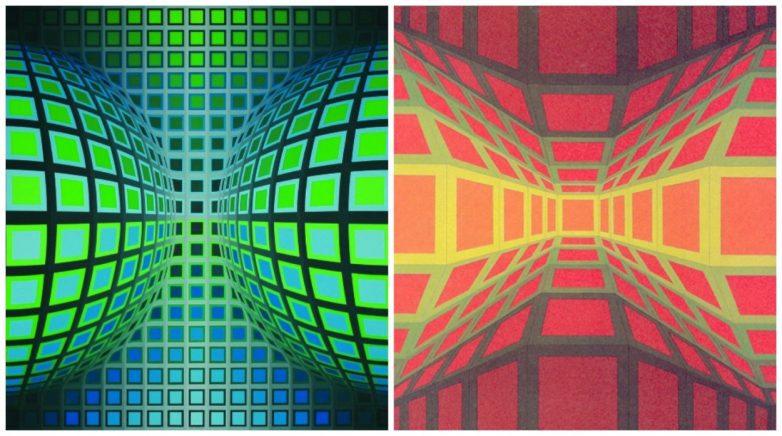
Sight, hearing, taste, smell and touch - we rely on all these senses, and yet there is a saying that it is better to see once than hear a hundred times: we trust the eyes most of all.
Our brain, which constantly processes the information received by all sense organs and compares it with the picture of the surrounding world created on the basis of experience, is also used to such trust.
This ability is an essential feature of human evolution. But in part, it is also our weakness...
Mystery of the jungle
Image caption,Try to find a predator in this photo
Take, for example, color. Why is it sometimes so important to see a color picture? The following two illustrations clearly demonstrate this need.
Try to find a dangerous predator in the first black and white photograph of the jungle, which is about to jump on you.
Did it work? If not, or even if the search took more than a couple of seconds, then you have already been bitten.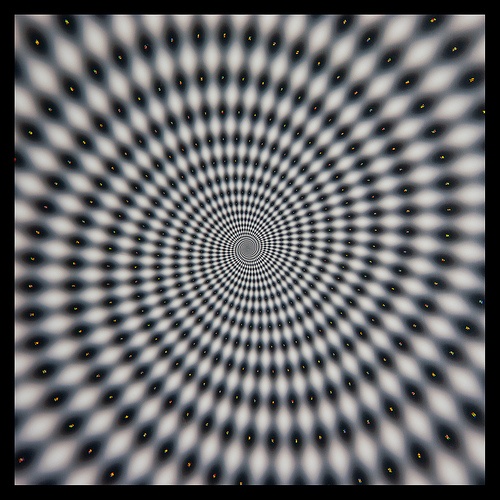
Why does the task look so difficult? Yes, because you see all surfaces only to the extent that they reflect light, there is nothing more for the eye to catch on.
Now look at the same photo, only in color.
Image caption,In color, everything falls into place at once
The panther is well camouflaged in the lower right corner, but you can still see it. And this is due to the fact that you see all the shades of color, and not just evaluate its intensity.
In other words, your brain receives a lot more information, which makes it easier to make decisions.
Color vision allows us to distinguish more similar and different features in the world around us, which at one time was necessary for survival.
The most amazing thing is that when you found a panther in a color picture, you did not even attach importance to how quickly your brain coped with the task, while for computers this still remains an insurmountable obstacle.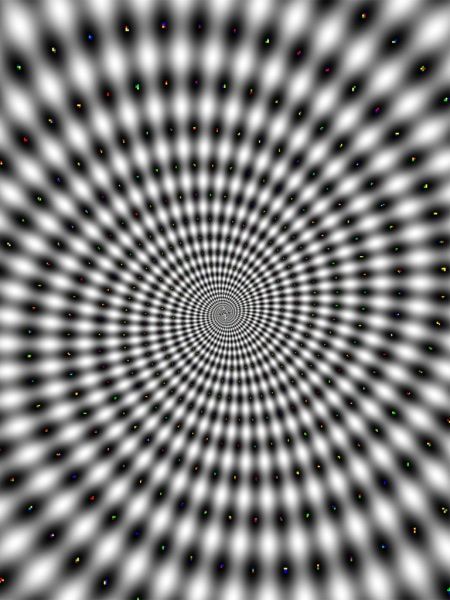
Thus, the study of the effect of optical illusions on the brain helps not only specialists in the field of neurology, but also programmers.
Illusion of contrast
Image description,The identity of the squares is beyond doubt...
Here you can see two physically identical squares. In fact, they are what they are.
Everything would be very simple if our vision were the direct result of the image displayed on the retina.
However, in reality, the process of creating a visual image is much more complicated. Strictly speaking, what we see is not at all what our eye has physically fixed.
That is, certain initial information is processed by our brain in such a way that the resulting picture differs markedly from objective reality.
For example, the display on the retina is two-dimensional, but the world still has three dimensions.
In addition, the picture on the retina is obtained upside down, as in old cameras, but this does not bother us: the brain from infancy is used to compensating for this omission.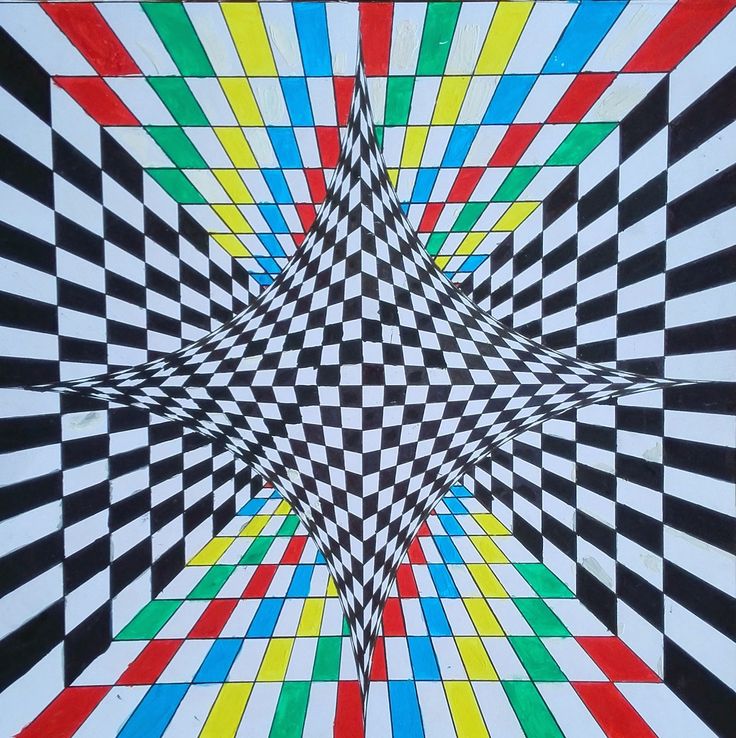
Or is one square lighter than the other?
And now look what happens if you change the background on which the squares are located.
Agree: the squares suddenly began to differ, although nothing happened to them themselves.
A square on a dark background appears lighter than a square on a light background.
This phenomenon is called the illusion of contrast and clearly proves that when it comes to brightness, everything comes down to the context, the environment in which even the simplest subject is viewed.
Cube illusion
Photo caption,Two inserts are indistinguishable in color
In the first picture, you can clearly see that the two inserts are identical in color.
But what happens if we change the context in a special way?
If we are right when we assume that we see only the meaning of the image, then we can easily create a strong optical illusion by changing the meaning of the two inserts.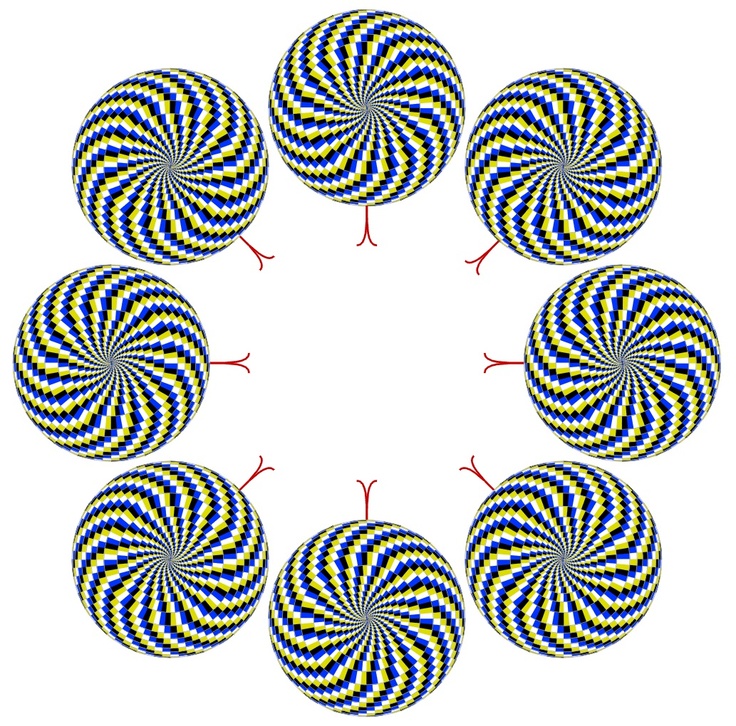
In a new context, two physically identical inserts suddenly start to look different. Precisely to seem, because they themselves have not changed in the slightest.
Why is this happening?
image caption,Or still one yellow insert. is the other brown?
The information in the picture tells us that the dark brown inset on the top indicates a low reflective surface under bright light, while the bright orange inset on the side is a highly reflective surface in shadow.
You perceive these two surfaces differently just because your brain assigns different meanings to them based on information coming from other parts of the picture.
Illusion of a table
Photo caption,Two completely different tables...
Everything that relates to the perception of color also concerns form.
This axiom is true for all objects we observe.
When you look at this image, you are sure you are seeing two tables of different shapes and sizes.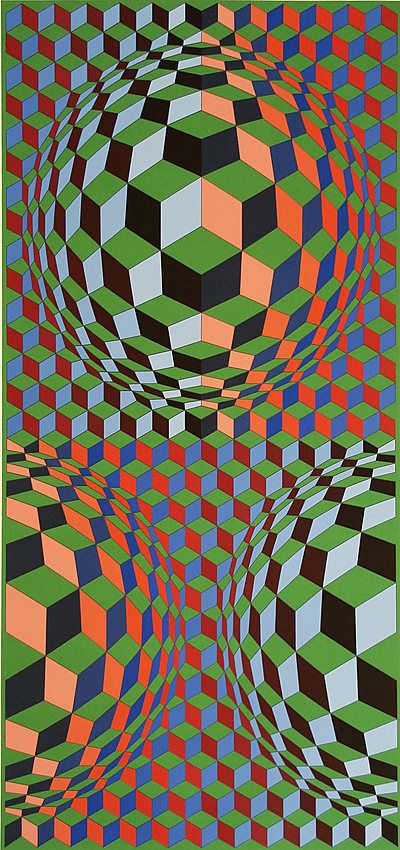
The table on the left looks much longer and narrower than the table on the right.
And now try to believe that the red table is actually the same green one, only rotated by 90 degrees.
The length of the red table is equal to the width of the green one, and vice versa.
Unbelievable, but true. The only difference is at what angle you observe the picture, and also in color, although in this case, believe me, this does not matter.
Image caption,The tables turn out to be the same, though one is red and the other is green, you can't fool anyone... unless you're colorblind?
Why are the two tables so different from each other at a glance?
Yes, because your brain takes a picture from the retina and adjusts it to the information you already have about the tables in general.
In this case, different viewing angles set a certain perspective and depth of vision, and the brain, based on the picture of the surrounding world that has developed in it, automatically concludes that the green table is longer and narrower than the red one.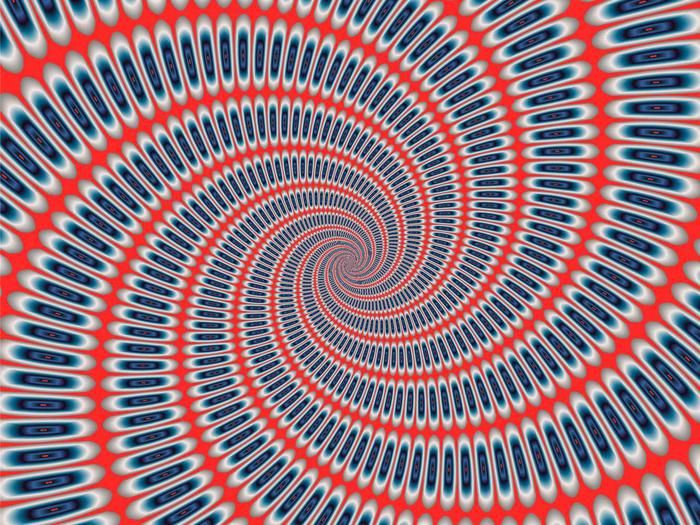
All this is somewhat frightening, but at the same time it opens up unprecedented perspectives, allowing us to understand that our perception of the illusory world allows us to comprehend the real world.
WONDERS OF SCIENCE: OPTICAL ILLUSIONS OF LIGHT RAYS
- Authors
- Executives
- Job files
- Presentation
- Award documents
Zorin A.S. 1
1MBOU multidisciplinary lyceum of the city of Kirovo-Chepetsk, Kirov region
Safronova N.G. 1
1MBOU multidisciplinary lyceum of the city of Kirovo-Chepetsk, Kirov region
The author of the work was awarded a diploma of the winner of the II degree0005
The text of the work is placed without images and formulas.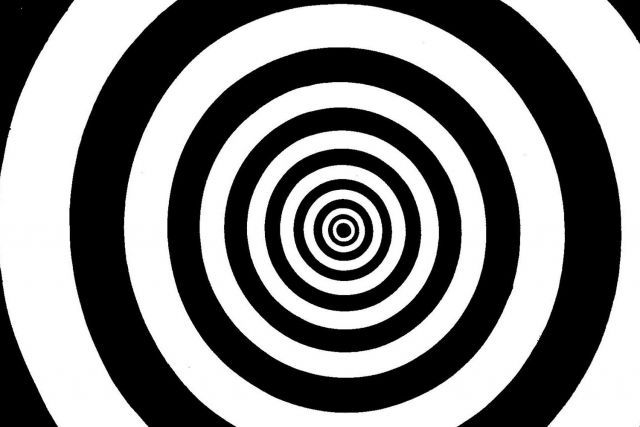
The full version of the work is available in the "Files of the work" tab in PDF format
Introduction
Relevance of the topic
For a long time, man has not only been amazed at optical illusions, but also consciously resorted to some of them in his activities. For centuries, architects and painters have used illusions to create certain spatial impressions, to improve the appearance of buildings, to enhance the impact of works of art. With the development of technology, people began to use various external devices (lenses, mirrors, glass prisms), creating new types of optical illusions based on the laws of geometric optics, which studies the propagation of light rays.
Problem: What laws of geometrical optics underlie these illusions? How are optical illusions artificially created by people used in the modern world?
My research topic: Wonders of science: optical illusions of light rays.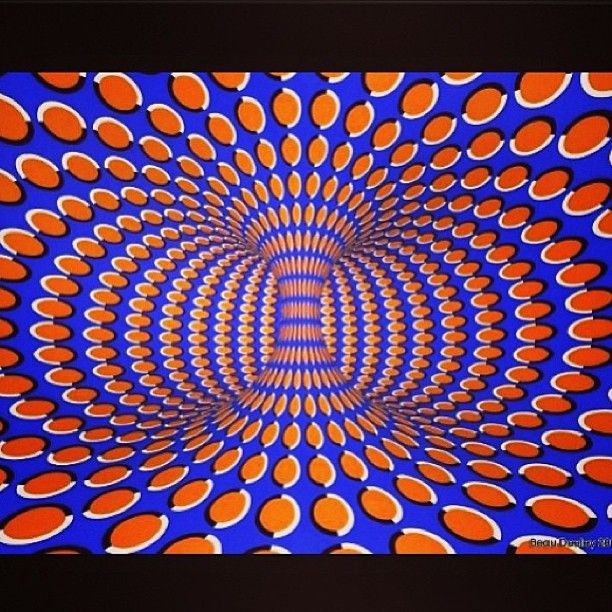
Object of study - laws of geometric optics
Subject of research - optical illusions of light rays
The purpose of the study - to identify the relationship between the laws of geometric optics and optical illusions.
Hypothesis: If you know the laws of geometric optics, you can explain the optical illusions of light rays.
To achieve the goal, I had to implement the following tasks:
Get to know the concept of optical illusions.
To study the laws of geometric optics.
Make observations and experiments with light rays.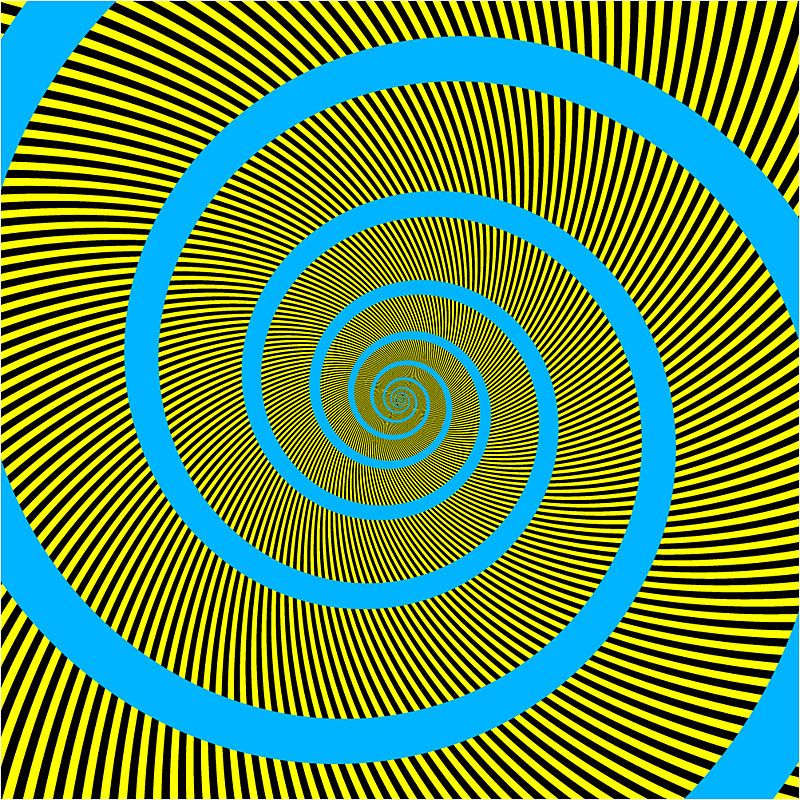
Create optical illusions at home.
Based on the obtained results, determine the areas of application of the created optical illusions.
Research methods:
theoretical methods: comparison;
empirical methods: the study of literary sources and Internet resources, observation, experiment
Brief literature review
For a deeper understanding of the problem under study, I studied material from the Internet and read books:
Aksenova M., Izmailova S. Encyclopedia for children. Tom Biology
Buslova P.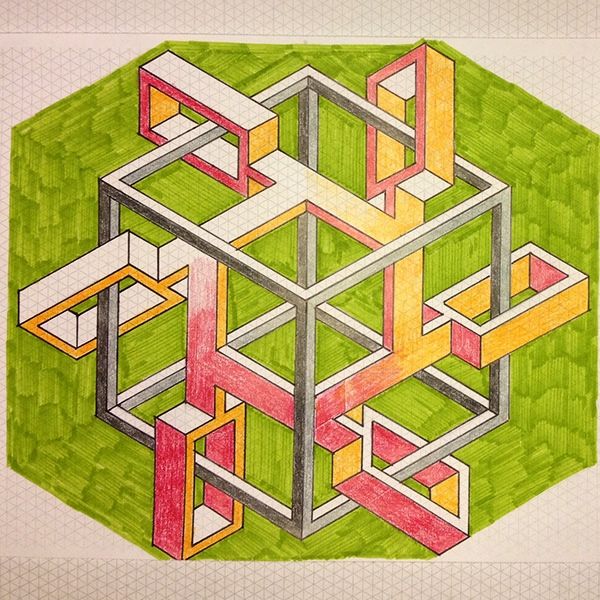 P. Riddles of optics - holograms
P. Riddles of optics - holograms
Gettys E. Physics at school / Classical and modern physics. Geometric optics
Zvereva S.V. In the world of sunshine.
Perelman Ya.I. Entertaining physics.
Prokhorov A.M. Refraction of light // Great Soviet Encyclopedia
Characteristics of personal contribution to the solution of the chosen problem: After studying the laws of geometric optics and conducting experiments, a mirror with an infinity effect, a kaleidoscope toy device, an optical toy "Pepper's Ghost", a 3D hologram, were made at home, using which you can visually show optical illusions of light rays
Practical significance: The results of the work performed can be used by elementary and secondary school students in the lessons of the world, fine arts, technology, mathematics, physics. On the example of experiments and manufactured exhibits - toys, it is better and easier to understand the laws of geometric optics and the causes of optical illusions.
On the example of experiments and manufactured exhibits - toys, it is better and easier to understand the laws of geometric optics and the causes of optical illusions.
Optical illusions
What are optical illusions?
Illusion (lat. illusio "delusion; deceit") is a deception of the senses, something apparent, that is, a distorted perception of a real-life object or phenomenon. There are several types of perceptual illusions that can occur in humans, one of which is optical illusions [8]. The explanatory dictionary says that an optical illusion is an error in visual perception caused by inaccuracy or inadequacy of the processes of unconscious correction of the visual image, as well as physical reasons.
A person perceives most of the information about the world through vision, but few people think about how exactly this happens.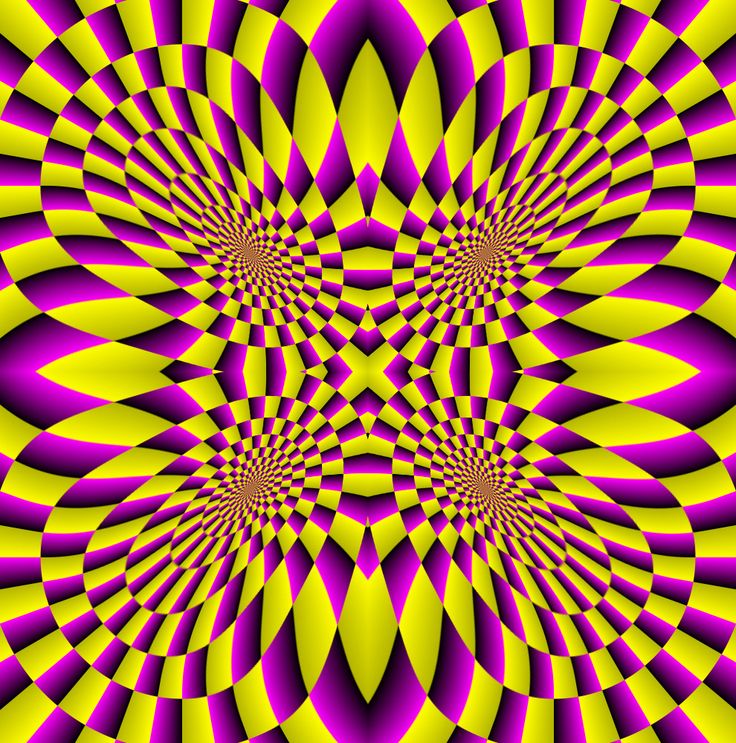 Most often, the eye is considered similar to a camera or television camera, but we look with our eyes, but we see with our brain. A person sees in this way: light passes through the pupil to the lens, then it hits the retina, the retina transmits an impulse to the optic nerve, the optic nerve sends a signal to the brain, the brain translates the signal into a visual image [1]. The eyes and the brain constantly deceive each other, create non-existent images, and sometimes prevent them from seeing the main thing.
Most often, the eye is considered similar to a camera or television camera, but we look with our eyes, but we see with our brain. A person sees in this way: light passes through the pupil to the lens, then it hits the retina, the retina transmits an impulse to the optic nerve, the optic nerve sends a signal to the brain, the brain translates the signal into a visual image [1]. The eyes and the brain constantly deceive each other, create non-existent images, and sometimes prevent them from seeing the main thing.
The difference between optical and visual illusions
Many do not separate the concept of "visual" and "optical" illusion. Modern authors, for example, doctors of optometry Walter J. Zinn and Herbert Solomon (USA) distinguish between these concepts: “Optical illusions are caused by some external device, usually optical (hence their name), and visual illusions are created by the visual system itself” [3 ].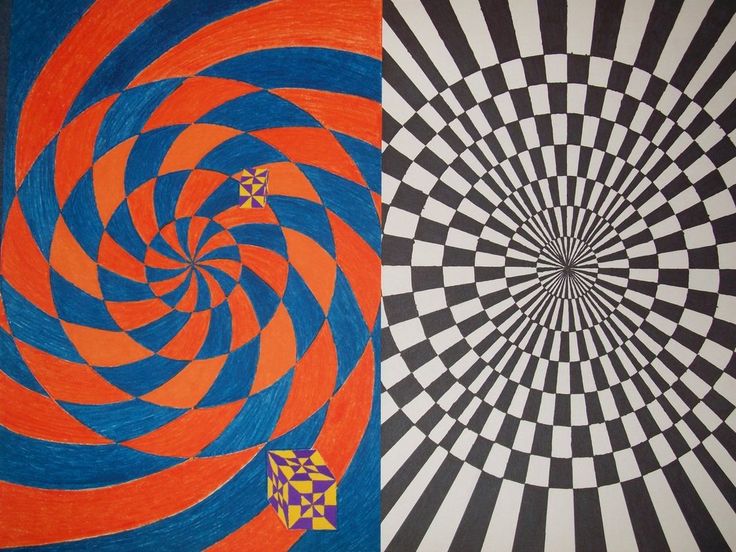
The most typical visual illusions are artificially created with the help of drawings, which, in turn, are also artificial. In such paintings and drawings, special techniques are used to make the brain think that you are looking at a real spatial object.
Optical illusions are caused by some external device, usually an optical one - a lens, a glass prism or a mirror. For example, a telescope creates the illusion of magnification, a mirror (or reflection in water) can create the illusion of an inverted display. A hologram is an illusion of a spatial image [2].
We often encounter optical illusions in everyday life. They became the basis of cinematography and television, they are actively used by illusionists. Virtual visual reality, created with the help of technical means, occupies a huge place in the life of a modern person and is closely intertwined with reality.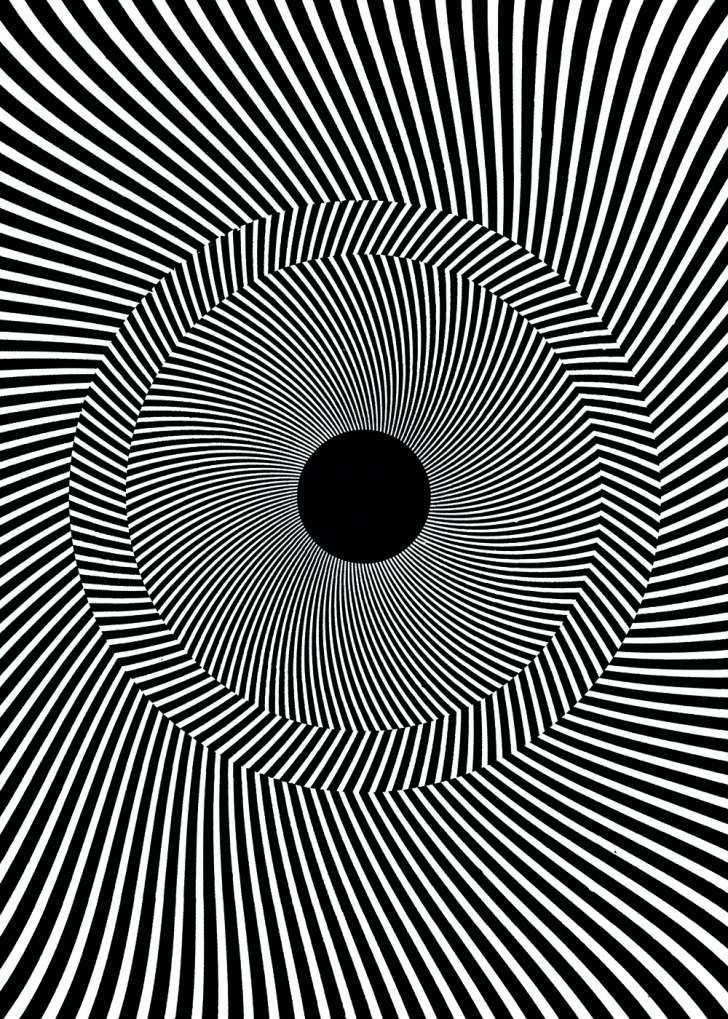
Conclusions on the first chapter:
1. Illusion - a distorted perception of a real-life object or phenomenon.
2. Optical illusions are caused by some external device, usually optical, and visual illusions are created by the visual system itself.
3. We often encounter optical illusions in everyday life. They occupy a huge place in the life of a modern person and are closely intertwined with reality.
Miracles of Science
Laws of geometrical optics
To explain optical illusions, it is necessary to study the laws of optics [9]. Optics is a branch of physics that studies the properties and physical nature of light, as well as its interaction with matter.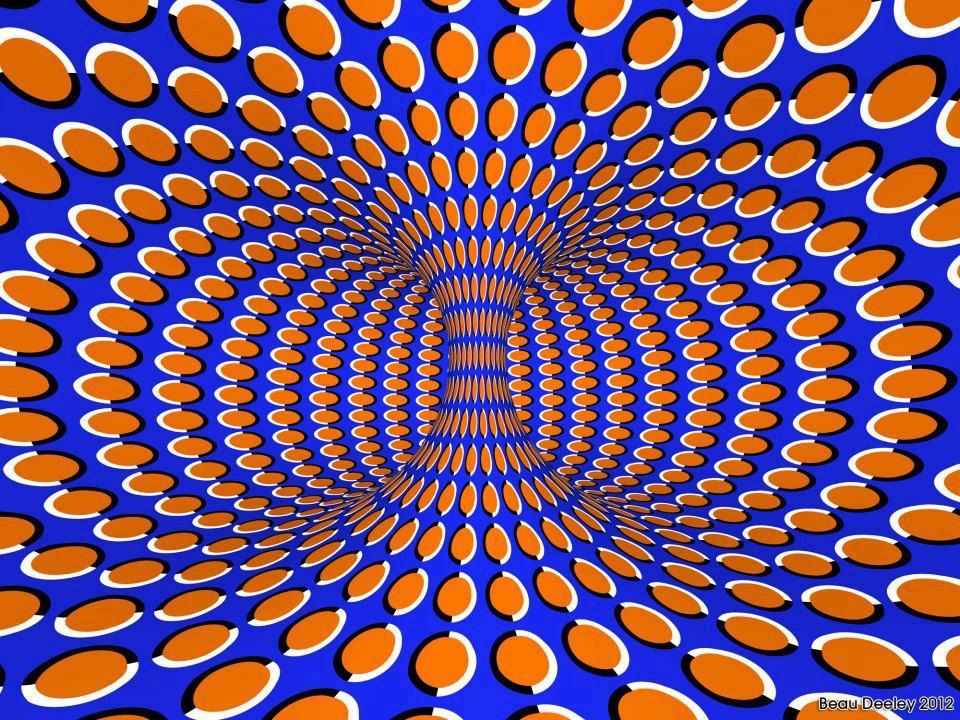 The doctrine of light is usually divided into three parts: geometric optics, which is based on the idea of light rays; wave optics, which studies phenomena in which the wave properties of light are manifested; quantum optics, which studies the interaction of light with matter, in which the corpuscular properties of light are manifested [4].
The doctrine of light is usually divided into three parts: geometric optics, which is based on the idea of light rays; wave optics, which studies phenomena in which the wave properties of light are manifested; quantum optics, which studies the interaction of light with matter, in which the corpuscular properties of light are manifested [4].
Geometric optics studies the propagation of light rays. The basic concept of geometric optics is a light beam, that is, a line along which light propagates. Geometric optics is based on four basic laws [3]. They are statements formulated in the language of geometry. The wave nature of light is not affected in them. On the basis of my observations and experiments, I considered these laws and was able to explain how some optical illusions arise (see Appendix 1).
The law of the independence of light rays. The first law of geometric optics is quite simple.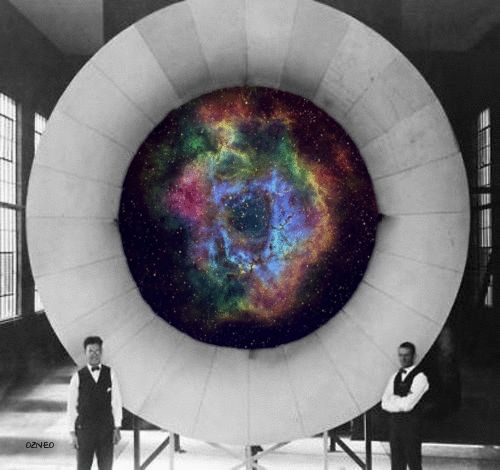 It sounds like this: The propagation of light rays occurs independently of each other. What does it mean? Each beam illuminates the space as if there were no other beams at all. So, for example, when an opaque screen is installed in the path of a beam of light rays, some part of it is screened (excluded) from the composition of the beam.
It sounds like this: The propagation of light rays occurs independently of each other. What does it mean? Each beam illuminates the space as if there were no other beams at all. So, for example, when an opaque screen is installed in the path of a beam of light rays, some part of it is screened (excluded) from the composition of the beam.
Experiment 1: "Lenses". I took 4 lenses and placed them at a distance. I pasted a picture on the ruler so that you could see through all the lenses. If the ruler with the picture is lowered between the first and second lenses, the picture can be seen very well. But when I lowered the ruler between the third and fourth lenses, the picture disappeared, and when I lowered my hand behind the fourth lens, the hand was visible through all four lenses and the ruler with the picture. This amazing lens experiment causes light rays to bend around an object so that it becomes invisible. At the same time, the rest of the objects that are behind the “invisible” object are visible [5].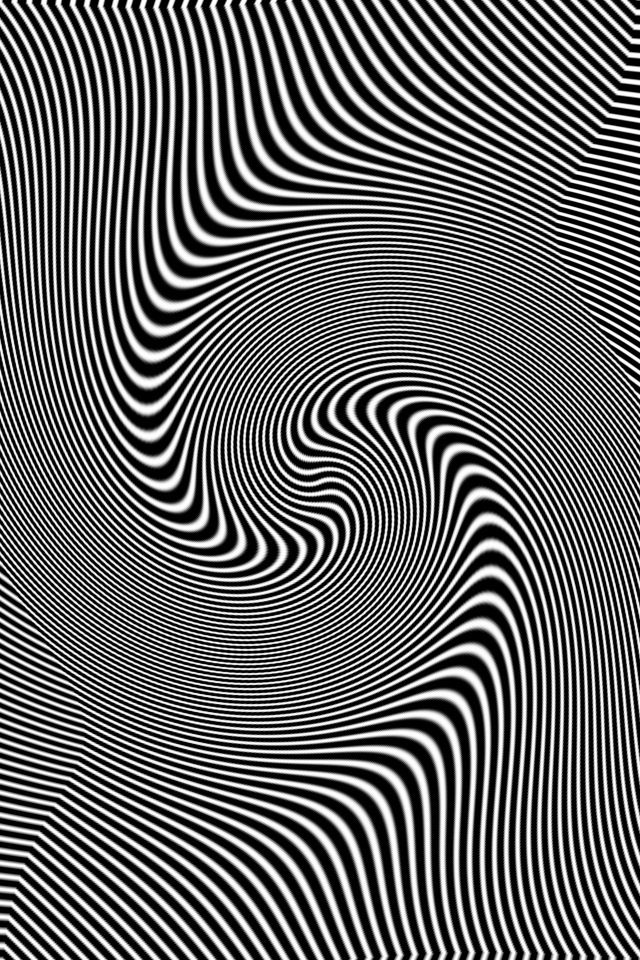 Conclusion: The experiment showed that light rays propagate independently of each other.
Conclusion: The experiment showed that light rays propagate independently of each other.
The law of rectilinear propagation of light. This law tells us that light travels in a straight line in a homogeneous medium.
Experiment 2: “Shadow of the Flame”. I illuminated a burning candle with a lamp, on the screen from a white sheet of paper appeared not only the shadow of the candle, but also the shadow of its flame. This is explained by the fact that there are opaque hot particles in the candle flame and that there is a very large difference in the brightness of the candle flame and the powerful light source illuminating it [10]. Output: When illuminating something, we block some of the rays with it. The rays cannot deviate into the area that the object covers, and its shadow is formed.
Law of reflection of light.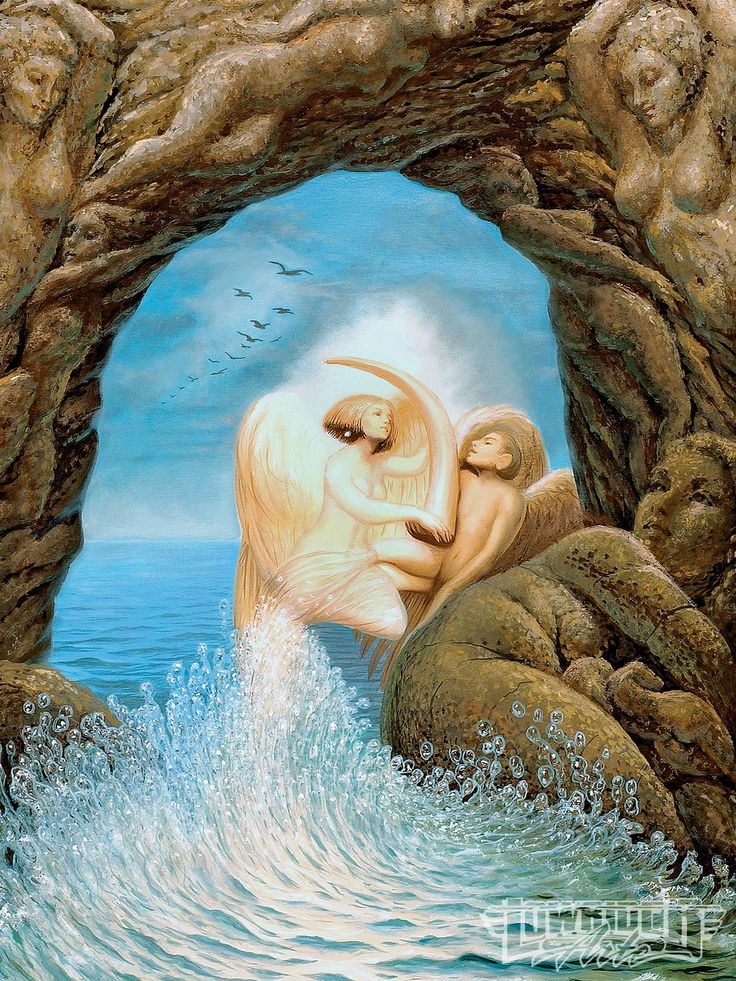 When light meets a mirror (reflective) surface, reflection occurs, that is, a change in the direction of propagation of the light beam. The law of reflection states that the incident and reflected rays, as well as the perpendicular to the interface between two media, restored at the point of incidence of the beam, are in the same plane (the plane of incidence). The angle of incidence and the angle of reflection are equal to each other. Reflection can be: diffuse (scattered) and specular.
When light meets a mirror (reflective) surface, reflection occurs, that is, a change in the direction of propagation of the light beam. The law of reflection states that the incident and reflected rays, as well as the perpendicular to the interface between two media, restored at the point of incidence of the beam, are in the same plane (the plane of incidence). The angle of incidence and the angle of reflection are equal to each other. Reflection can be: diffuse (scattered) and specular.
Experiment 3: Diffuse reflection. I needed a mirror and two pencils. He put a sheet of paper on the table and drew a straight line. He put a mirror on the paper perpendicular to the line drawn. To check the strict perpendicularity of the line drawn on paper to the mirror, I made sure that this line and its reflection in the mirror were straight, without a break. Pencils will act as light rays. He put the pencils on a piece of paper on opposite sides of the drawn line with the ends to each other and to the point where the line rests against the mirror.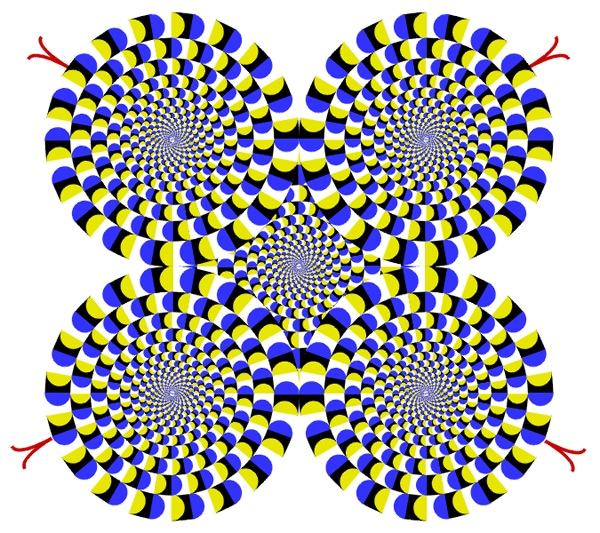 He made sure that the reflections of the pencils in the mirror and the pencils lying in front of the mirror formed straight lines, without a break. One of the pencils will play the role of the incident beam, the other - the reflected beam. The angles between the pencils and the drawn perpendicular are equal to each other. If one of the pencils is now rotated, then the second pencil must also be rotated so that there is no break between the first pencil and its continuation in the mirror. Every time you change the angle between one pencil and the perpendicular, you need to do this with another pencil so as not to disturb the straightness of the light beam that the pencil depicts. Output: With diffuse reflection, the rays propagate in different directions. The experiment proved that the angle of incidence is equal to the angle of reflection; If you change the angle of incidence, then the angle of reflection will change in the same way.
He made sure that the reflections of the pencils in the mirror and the pencils lying in front of the mirror formed straight lines, without a break. One of the pencils will play the role of the incident beam, the other - the reflected beam. The angles between the pencils and the drawn perpendicular are equal to each other. If one of the pencils is now rotated, then the second pencil must also be rotated so that there is no break between the first pencil and its continuation in the mirror. Every time you change the angle between one pencil and the perpendicular, you need to do this with another pencil so as not to disturb the straightness of the light beam that the pencil depicts. Output: With diffuse reflection, the rays propagate in different directions. The experiment proved that the angle of incidence is equal to the angle of reflection; If you change the angle of incidence, then the angle of reflection will change in the same way.
Experiment 4: "Mirror reflection".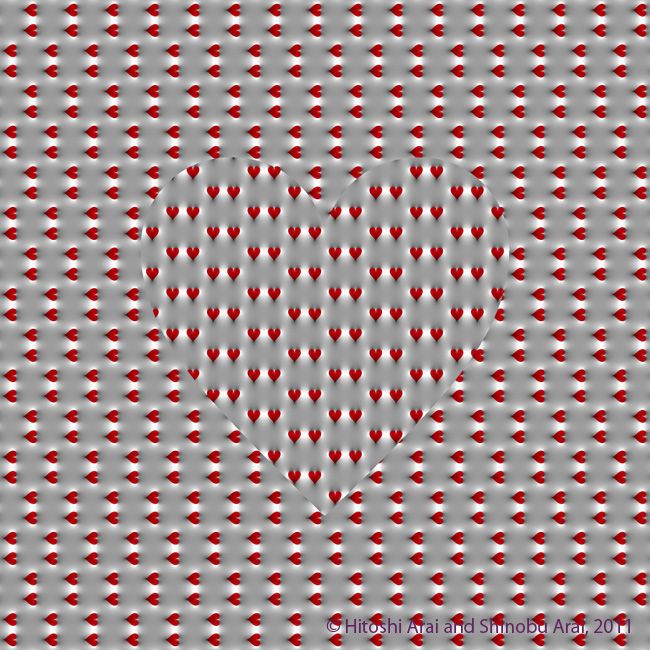 The paper is distinguished by its smoothness. Even very smooth paper cannot reflect like a mirror. If the paper is viewed through a magnifying glass, then you can immediately see its fibrous structure, make out depressions and tubercles. Light falling on paper is reflected by both tubercles and depressions. This randomness of reflections creates scattered light. However, paper can also be made to reflect light rays in a different way so that no diffused light is obtained. I took a sheet of photographic paper and leaned its edge against the bridge of my nose, turned to the window (I did this experiment on a sunny day). My eyes flickered over the paper. I saw on it a very pale reflection of the sky, vague silhouettes of trees. And the smaller was the angle between the direction of view and the sheet of paper, the clearer was the reflection. When I look along the sheet, all the tubercles of the paper surface block the depressions and turn into one continuous surface, as it were. I no longer see the disordered rays from the cavities; now they do not prevent me from seeing what the tubercles reflect [10].
The paper is distinguished by its smoothness. Even very smooth paper cannot reflect like a mirror. If the paper is viewed through a magnifying glass, then you can immediately see its fibrous structure, make out depressions and tubercles. Light falling on paper is reflected by both tubercles and depressions. This randomness of reflections creates scattered light. However, paper can also be made to reflect light rays in a different way so that no diffused light is obtained. I took a sheet of photographic paper and leaned its edge against the bridge of my nose, turned to the window (I did this experiment on a sunny day). My eyes flickered over the paper. I saw on it a very pale reflection of the sky, vague silhouettes of trees. And the smaller was the angle between the direction of view and the sheet of paper, the clearer was the reflection. When I look along the sheet, all the tubercles of the paper surface block the depressions and turn into one continuous surface, as it were. I no longer see the disordered rays from the cavities; now they do not prevent me from seeing what the tubercles reflect [10].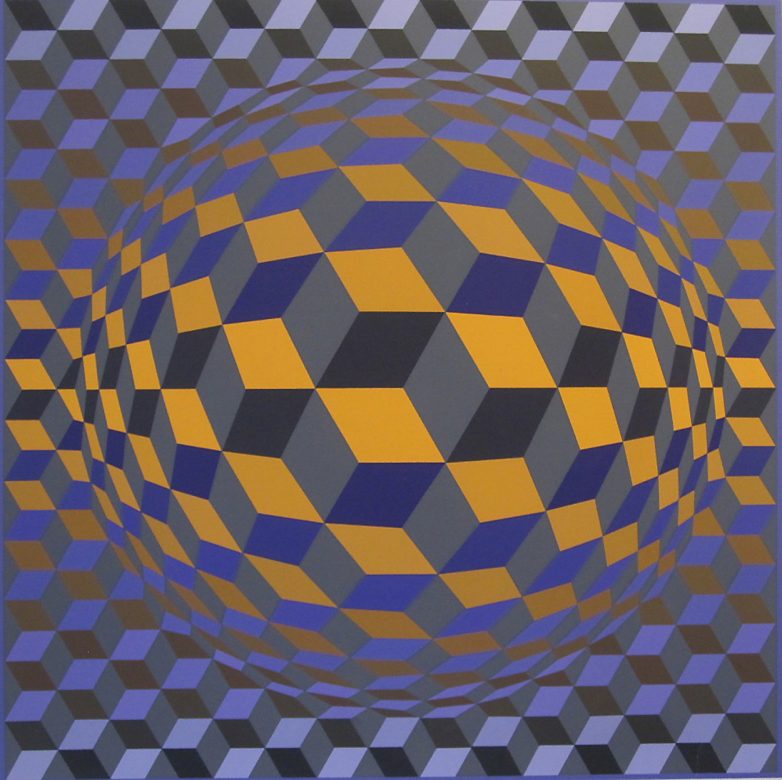 Conclusion: The experiment again proved that the angle of incidence is equal to the angle of reflection.
Conclusion: The experiment again proved that the angle of incidence is equal to the angle of reflection.
Law of refraction of light. The fourth is the law of refraction of light, otherwise Snell's law. It sounds like this: At the interface between media, along with reflection, refraction occurs, i.e. The beam is divided into reflected and refracted. What does it mean? This law describes the change in the direction of light propagation when it passes through the boundary of two media. In this case, two things happen at the same time. The beam splits into two. One of them remains in the first medium, being reflected from the surface, this process is described by the law of reflection, and the second passes into the second medium, and its direction changes [6].
Experience 5: "Coin". We know that the beam of light is straight. I put the coin in an empty cup and sat down so that it was no longer visible, i.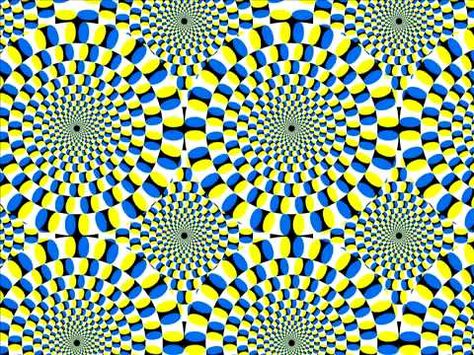 e. the rays from the coin do not fall directly into the eye, because. the edge of the cup blocked their way. But if you slowly pour water into the cup so as not to move the coin, you can see it again, as if it had floated up. Or rather, it lies at the bottom of the cup. But the bottom seemed to have risen, the cup "shallowed" Direct rays from the coin did not reach me. Now the beams reach [10]. Conclusion: Water refracts light rays.
e. the rays from the coin do not fall directly into the eye, because. the edge of the cup blocked their way. But if you slowly pour water into the cup so as not to move the coin, you can see it again, as if it had floated up. Or rather, it lies at the bottom of the cup. But the bottom seemed to have risen, the cup "shallowed" Direct rays from the coin did not reach me. Now the beams reach [10]. Conclusion: Water refracts light rays.
Experiment 6: "Tea spoon". If a teaspoon is lowered obliquely into a glass of water, the spoon appears to be broken at the boundary between water and air. But we know that the spoon is whole and straight. This can only be explained by the fact that the rays of light coming from the spoon have a different direction in water than in air. This means that the rays are really refracted. The ability to refract rays in different media is different. He poured oil on top of the water. The spoon broke into three parts [10].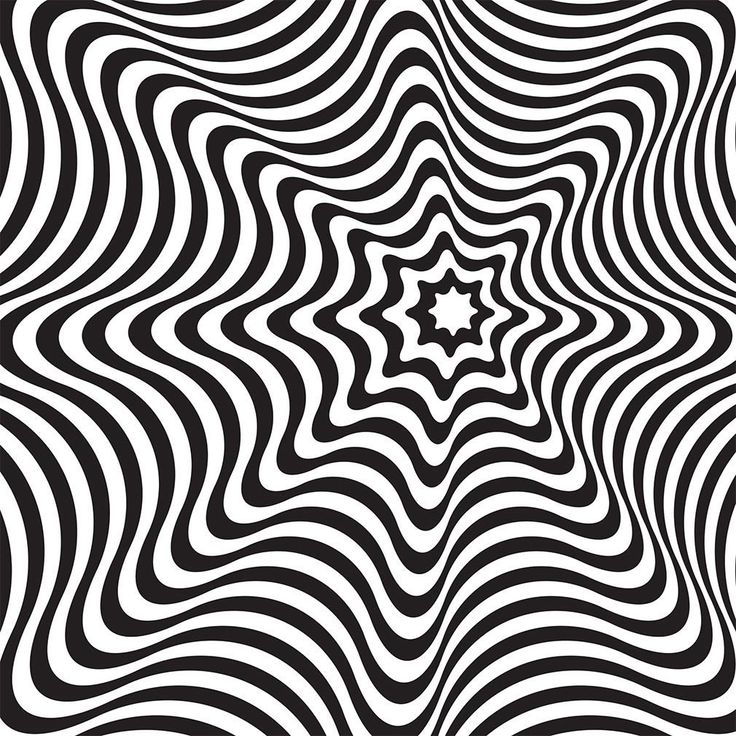 Conclusion: Various transparent substances, depending on their density (oil is denser than water), refract light rays in different ways.
Conclusion: Various transparent substances, depending on their density (oil is denser than water), refract light rays in different ways.
Amazing Infinity Mirror Optical Effect
After studying the laws of geometric optics, I decided to create some types of optical illusions on my own. The first thing I decided to do was to create an infinity mirror. The effect of the emergence of an illusory endless light well was also used by our grandmothers, setting a candle between two mirrors during Christmas fortune-telling.
Experiment 7: "Looking into infinity". Put a burning candle between the mirrors, located parallel to each other. I got up so that I could look into one of the mirrors. In the mirror corridor I could see an infinite number of reflections of a candle going into the distance! Of course, you can use your grandmother's recipe and create an open mirror system. In it, the gaze is parallel to the plane of the mirrors, which is too inconvenient. Therefore, I decided to make a closed and flat reflective surface, looking into which it seems that there is no back wall, i.e. there is an illusion of the effect of infinity (see Appendix 2).
In it, the gaze is parallel to the plane of the mirrors, which is too inconvenient. Therefore, I decided to make a closed and flat reflective surface, looking into which it seems that there is no back wall, i.e. there is an illusion of the effect of infinity (see Appendix 2).
To get the desired optical effect, I need: a classic mirror 30x30 in size, glass with a partial mirror effect (I pasted a mirror film on the glass from the photo frame, cut the film to size, applied a soap solution and pasted the film, gradually expelling the soap solution from under it plastic plate), frame (photo frame), light source. Since the cavity of the optical system after assembly becomes hermetic and non-ventilated, the light source can be one that does not generate heat. I chose LED strip. If the tape is connected directly to the power supply, it glows white. Color effects are possible when connected via a controller. This control device is paired with a remote control, such a tape will allow you to create additional optical effects.
First installed tinted glass in the frame with the applied film facing up. It is the transparent side that will be the front (visible) part. Next, I glued the LED strip around the perimeter of the box. The tape was glued evenly, any bend is immediately evident, since the light is refracted at a different angle according to the laws of geometric optics. The main secret of the whole design is a one-way mirror . I covered it with the reflective side down, carefully threading the wires into the pre-drilled holes, and fixed it with clamps on the frame. Connected and you can admire.
Infinity Mirror creates a magical illusion of infinite depth, despite the fact that its design is actually completely flat. Looking into it, it seems that this is a well that has no bottom or is located at a great distance. In fact, the thickness of the mirror is a few centimeters.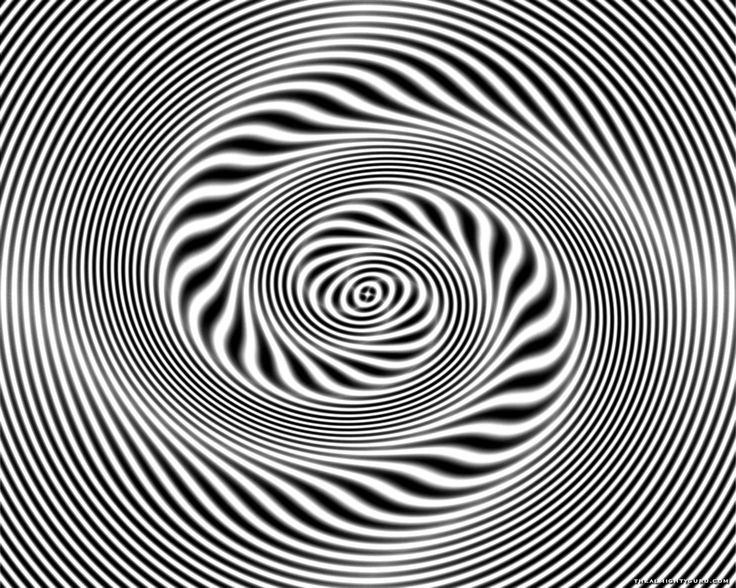 A person gets the impression that the tunnel narrows a little, and its bottom is in pitch darkness.
A person gets the impression that the tunnel narrows a little, and its bottom is in pitch darkness.
Conclusion: This effect is achieved by multiple reflections of light from two mirrors, one of which is the most common, the second is imaginary. On the one hand, the mirror reflects light, and on the other hand it transmits, and you can see what is behind it. The manufactured mirror will give any interior an ultra-modern look. With it, you can transform the wall.
Kaleidoscope - Optical Toy
The word "kaleidoscope" comes from the Greek words: "beautiful", "view", I look." It was invented by the Scottish physicist D. Brewster in 1816 as a scientific instrument. At first, adults were entertained with beautiful patterns from colored glass, then, gradually, analogues for children appeared, and the device was patented already as a children's toy.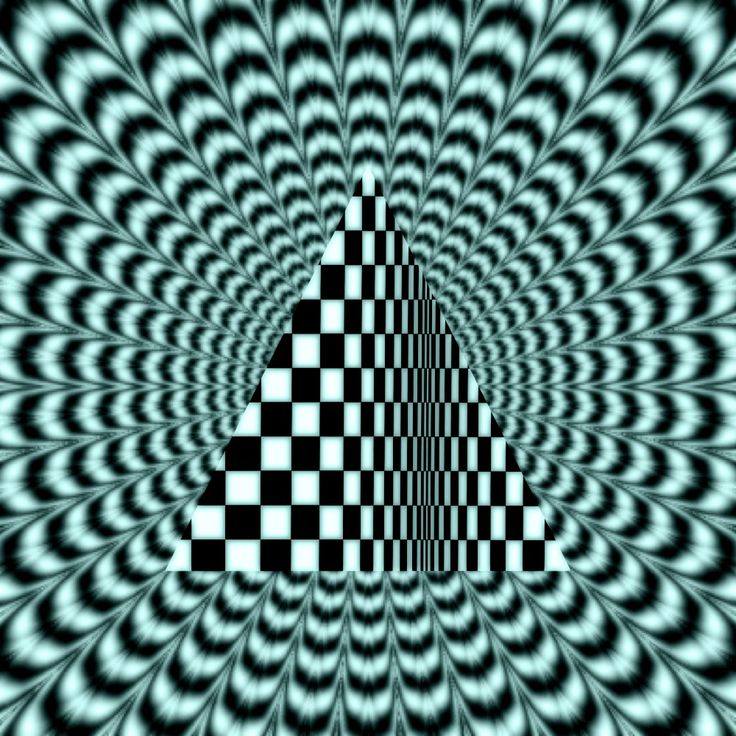
Such toys are often collected, bought as a gift, or you can make your own. I needed a jar of chips, foil, cardboard, thin plastic, glue, an awl, a pencil, a ruler, filler. At the bottom of the jar in the center I made a hole with an awl. I took a circle cut out of plastic and smeared it with glue, without touching the center of the circle, then placed it inside the jar with the glue side. I applied glue to the cardboard cut to size and glued the foil. To achieve a better image, you need to lay thin plastic on the foil surface. Then I assembled a triangle, lowered the resulting figure inside the jar. I laid a circle of thin plastic on the resulting figure, poured the filler on it and covered it with a lid. In order to be able to turn the kaleidoscope, I put on the lid from the side in which I will look. My kaleidoscope is ready, you can admire what happened (see Appendix 3).
Any kaleidoscope works due to three or more longitudinal mirror surfaces inserted inside.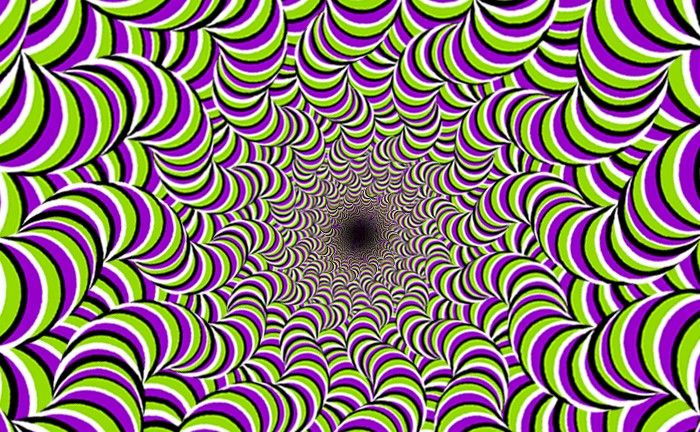 When the tube is rotated around the longitudinal axis, the colored elements located in the illuminated cavity behind the mirrors are repeatedly reflected and create changing symmetrical patterns. Conclusion: In the work of the kaleidoscope, the laws of reflection and refraction of light rays are clearly presented.
When the tube is rotated around the longitudinal axis, the colored elements located in the illuminated cavity behind the mirrors are repeatedly reflected and create changing symmetrical patterns. Conclusion: In the work of the kaleidoscope, the laws of reflection and refraction of light rays are clearly presented.
Watching the changing color pictures is very useful for people who are in depression or a creative crisis. The variety of constantly changing pictures very well stimulates the brain, activates creativity, gives a strong charge of positive emotions. Doctors note the powerful psychotherapeutic effect of the kaleidoscope. It helps a person to go into a state of deep relaxation, activates the areas in the brain responsible for attention, memory, decision-making, stimulates the imagination. It can even be used in the development of the intelligence of children and in the treatment of psychological disorders in adults.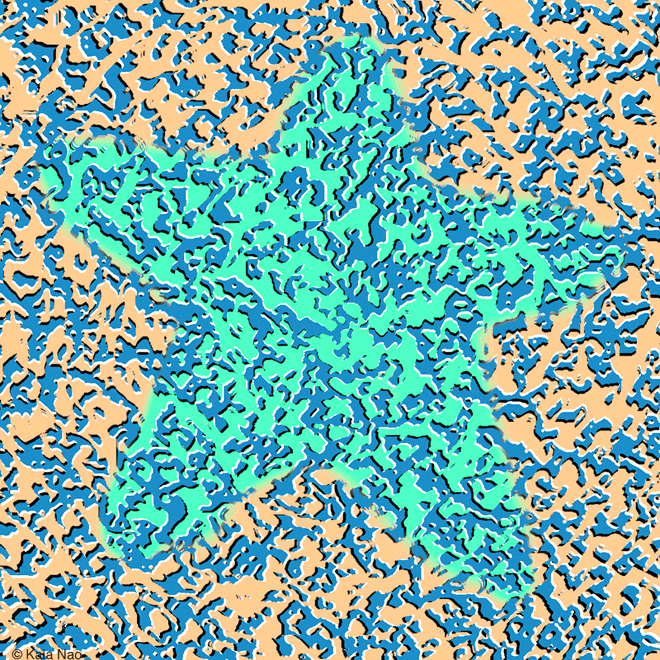 This seemingly simple toy is also used for professional purposes - by designers, weavers, artists, jewelers who create wallpapers, carpets, fabrics, and stained-glass windows.
This seemingly simple toy is also used for professional purposes - by designers, weavers, artists, jewelers who create wallpapers, carpets, fabrics, and stained-glass windows.
Pepper's Ghost Optical Illusion
Ghost shows were a popular theatrical entertainment in the late 18th and 19th centuries. In 1863, London chemist John Henry Pepper perfected the method of showing ghosts by inventing the illusion of someone being in a room. Later, this technique became known as "Pepper's ghost". The scientist began to show the illusion, driving around the theaters of England and Australia, surprising the audience [7].
I prepared two boxes, made the necessary cutouts, painted the inside black, glued them together, prepared a flashlight, made a hole for it in the top right box, and hid the ghost in the same box. I installed transparent plastic in the left box at an angle of 45 0 .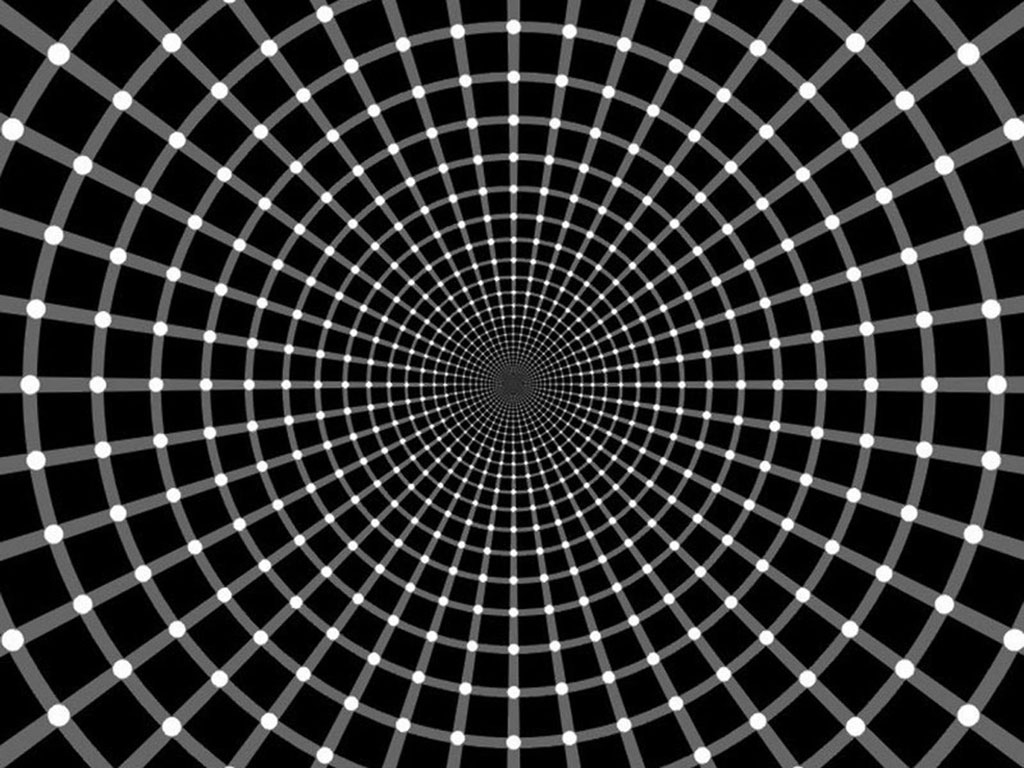 It turns out that if light from a flashlight is directed into the opening of the box on the top right, then the ghost will be reflected through the plastic placed at an angle of 45 0 inside the left box, where you can see the image of the ghost (see Appendix 4).
It turns out that if light from a flashlight is directed into the opening of the box on the top right, then the ghost will be reflected through the plastic placed at an angle of 45 0 inside the left box, where you can see the image of the ghost (see Appendix 4).
Conclusion: The optical illusion "Pepper's Ghost" can be explained by the laws of reflection and refraction of light rays. Despite the apparent uselessness of this invention, tricks can be shown with it.
Hologram - a miracle of modern optics
Today everyone can organize a "spiritual seance" with Pepper's Ghost. Only it is called a 3D hologram [2]. To do this, you need to download a special video on the tablet and install a prism on it. To make a prism for obtaining a three-dimensional image, I needed: a product stencil, plastic packaging from CDs, a stationery knife, and adhesive tape.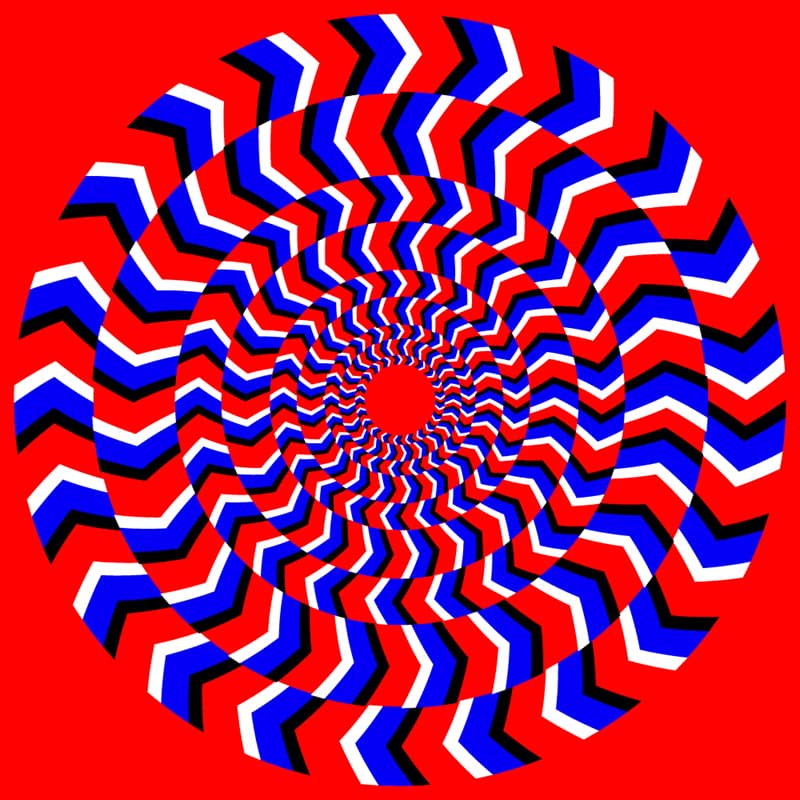 I cut out a paper stencil to make a prism. With it, I marked out and cut out the details of the future prism from plastic. I taped the sides with tape. I put the prism upside down on the screen, turned on the video, turned off the light and checked my work.
I cut out a paper stencil to make a prism. With it, I marked out and cut out the details of the future prism from plastic. I taped the sides with tape. I put the prism upside down on the screen, turned on the video, turned off the light and checked my work.
A hologram is four parts of a video that are reflected in the edges of a prism, merging into a three-dimensional image in the center. The light comes from the screen of the tablet, falls on the edges. Light rays are partially refracted and partially reflected. A virtual image appears in the center, as if it were inside. We see a real object, which is a three-dimensional picture. It can be bypassed and viewed from all sides (see Appendix 5).
Conclusion: Creating a 3D hologram also relies on the laws of reflection and refraction of light rays. The hologram is visual and realistic, visualizes any idea, interactive, engages and entertains.
I presented the results of the research work to Irina Anatolyevna Nechaeva, teacher of physics at the SamGUPS branch in Kirov. She appreciated my work.
The research work "Miracles of Science: Optical Illusions of Light Rays" by Anatoly Zorin was done competently, in compliance with all requirements, and has practical significance.
Anatoly, a 4th grade student, independently studied the laws of geometric optics, which schoolchildren go through in 8th grade physics lessons. To prove the laws of geometric optics, the author used simple but very interesting experiments. These experiments can be repeated both at the lessons of the surrounding world, physics, and at home, which allows you to interest other children, involve them in the world of physics, research, and science. I consider this part of the work to be very important. I liked Anatoly's approach to the subject of geometric optics.
Anatoly made devices with which you can observe interesting optical illusions. These devices have a practical application, which is also disclosed in the work. The use of the "Mirror of Infinity", a kaleidoscope, "Pepper's Ghost", a 3D hologram in the lessons of the world around us will make them more interesting and non-standard.
Anatoly explained how optical illusions appear using the laws of geometric optics, which contributes to the formation of a scientific worldview.
Conclusions on the second chapter:
1. To explain optical illusions, it is necessary to study the laws of optics.
2. Geometrical optics is based on four basic laws. They explain how optical illusions of light rays arise.
3. With the help of the optical effect "Mirror of Infinity" you can transform the interior of the room.
4. Kaleidoscope is used in the development of the intellect of children, in the treatment of psychological disorders, and is also used for professional purposes by designers and artists.
5. Pepper's Ghost optical illusion and 3D hologram visualize any idea, engage and entertain.
Conclusion
Working on this topic, I learned what optical illusions are, got acquainted with the laws of geometric optics. With the help of experiments, convinced that the rays of light have a rectilinear orientation, that the light beam is reflected from mirror surfaces and, passing through the boundary of various substances, is refracted.
My hypothesis was confirmed : If you know the laws of geometric optics, then you can explain the optical illusions of light rays.
The goal of the work is achieved : I have revealed the relationship between the laws of geometric optics and optical illusions. Based on the laws of geometric optics, created some types of optical illusions in the form of an infinity mirror, a kaleidoscope, "Pepper's ghost", a hologram.
I was very is surprised by that even from simple improvised things you can make optical toys with your own hands.
In the future, I will continue my observations and research, because optical illusions accompany us throughout our lives. Knowledge of the main types of optical illusions, their causes and possible effects on a person is necessary for each of us.
List of used sources and literature
1. Aksenova M.D., Izmailova S. B. Encyclopedia for children. Volume Biology. [Text] / Aksenova Maria Dmitrievna, Izmailova Svetlana Borisovna - Moscow, "Avanta +" 2008 - 155 p.
2. Buslova P.P.: Mysteries of optics - holograms [Text] / International School Scientific Bulletin. - 2017, No. 3 - 145 p.
3. E. Gettis: Physics at school [Text] / Classical and modern physics. Geometric optics. - No. 47, 2004 - p. 35
4. Zvereva SV: In the world of sunlight. [Text] / - Zvereva Sofya Vasilievna - L .: Hydrometeoiz - 1988 - p. 65
5. Perelman Ya.I. Entertaining physics. [Text] / Perelman Yakov Isidorovich - M. 2012 - 65s.
6. Prokhorov A.M.: Refraction of light // Great Soviet Encyclopedia / ch. ed. - 3rd ed. [Text] / Prokhorov Alexander Mikhailovich - M .: Soviet Encyclopedia - 1978 - p. 214
7. Information from the Internet Material from Wikipedia Access mode: https://vseznaesh.ru/opticheskie-illyuzii-kotorye-dokazyvayut-chto-realnost-eto-lish-voobrazhenie-nashego-mozga © VseZnaesh.ru. - Zagl. from screen
8. Information from the Internet Material from Wikipedia Access mode: http://ru.wikipedia.org – Illusion. - Zagl. with screen
9. Information from the Internet Access mode: https://vyuchit.work/samorazvitie/sekretyi/osnovnye-zakony-geometricheskoj-optiki.html - Head. from screen
10. Information from the Internet Access mode - http://class-fizika. ru/op147-33.html Optics. Shadow. Reflection of light. Light refraction. Experiments A "Class! Physics" - Head. from screen
Appendix
Appendix 1. Laws of Geometric Optics
Fig 1. The law of independence of light rays. Experience with lenses
Fig.2. The law of rectilinear propagation of light. Experience "Shadow of the Flame"
Fig 3. Law of light reflection. Diffuse reflection
Fig.4. The law of reflection of light. Mirror reflection
Fig. 5 . The law of refraction of light. Experience with coin
Fig. 6. Law of refraction of light. Teaspoon experiment
Appendix 2. Amazing optical effect "Mirror of infinity"
Fig. 1. Experience "Looking into infinity"
Fig. 2. Manufacturing process of the infinity mirror
Fig. 3. Finished mirror with infinity effect
Appendix 3 Kaleidoscope - Optical Toy
Fig. 1. Manufacturing process of kaleidoscope
Fig. 2. Demonstration of the operation of the kaleidoscope
Appendix 4 Pepper's Ghost Optical Illusion
Fig. 1. Pepper's Ghost Illusion Crafting Process
Fig.

